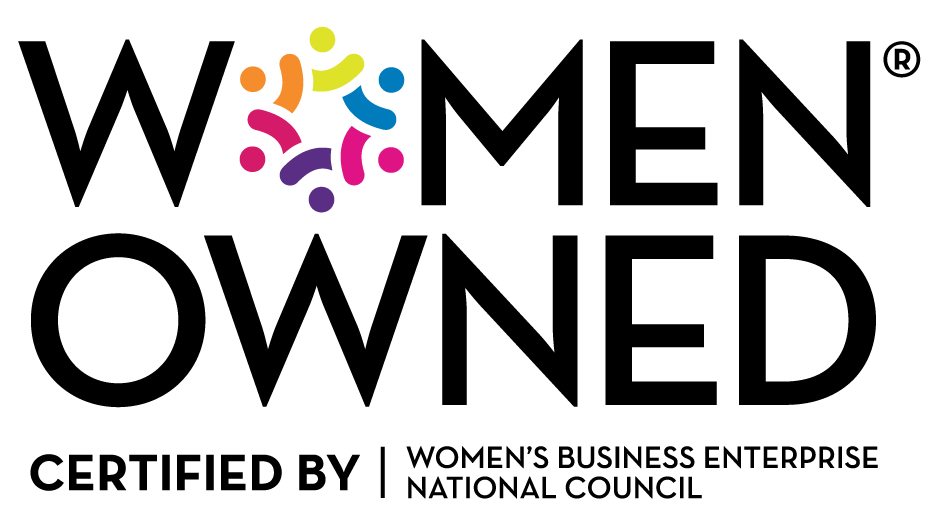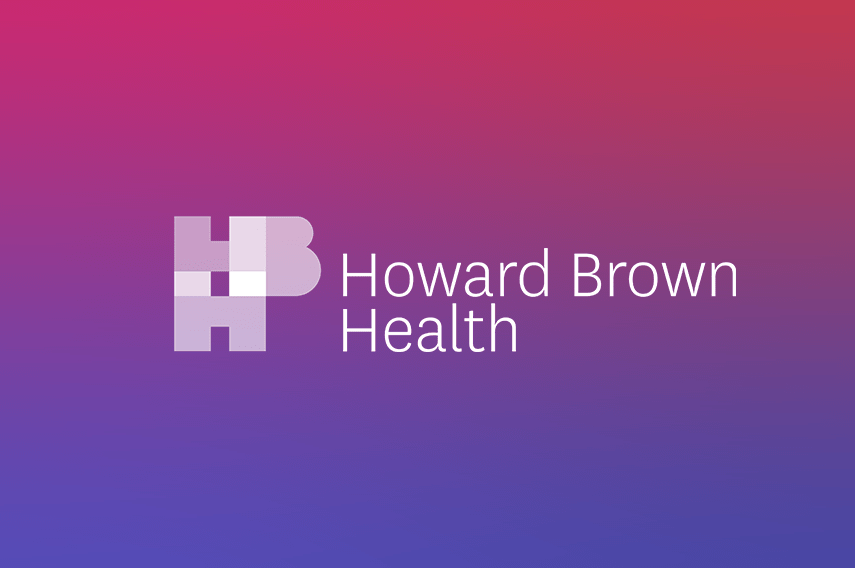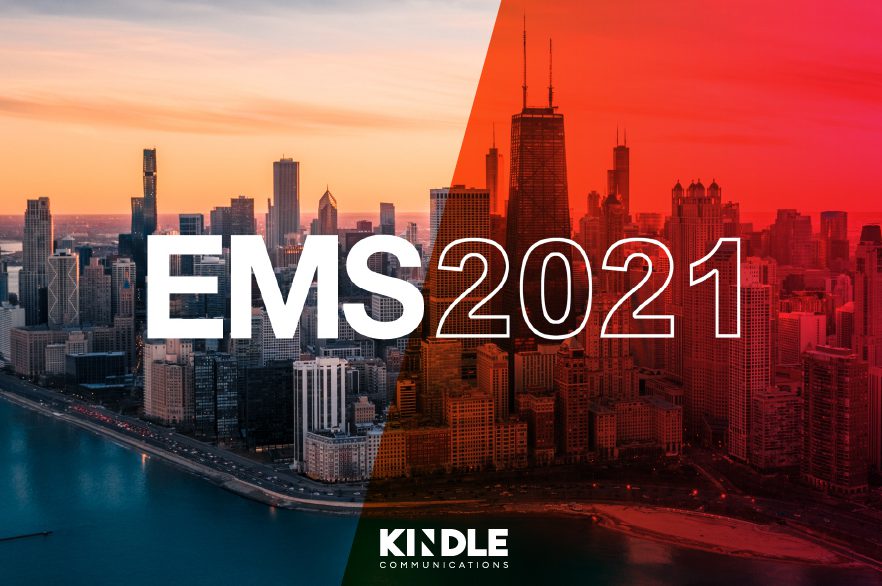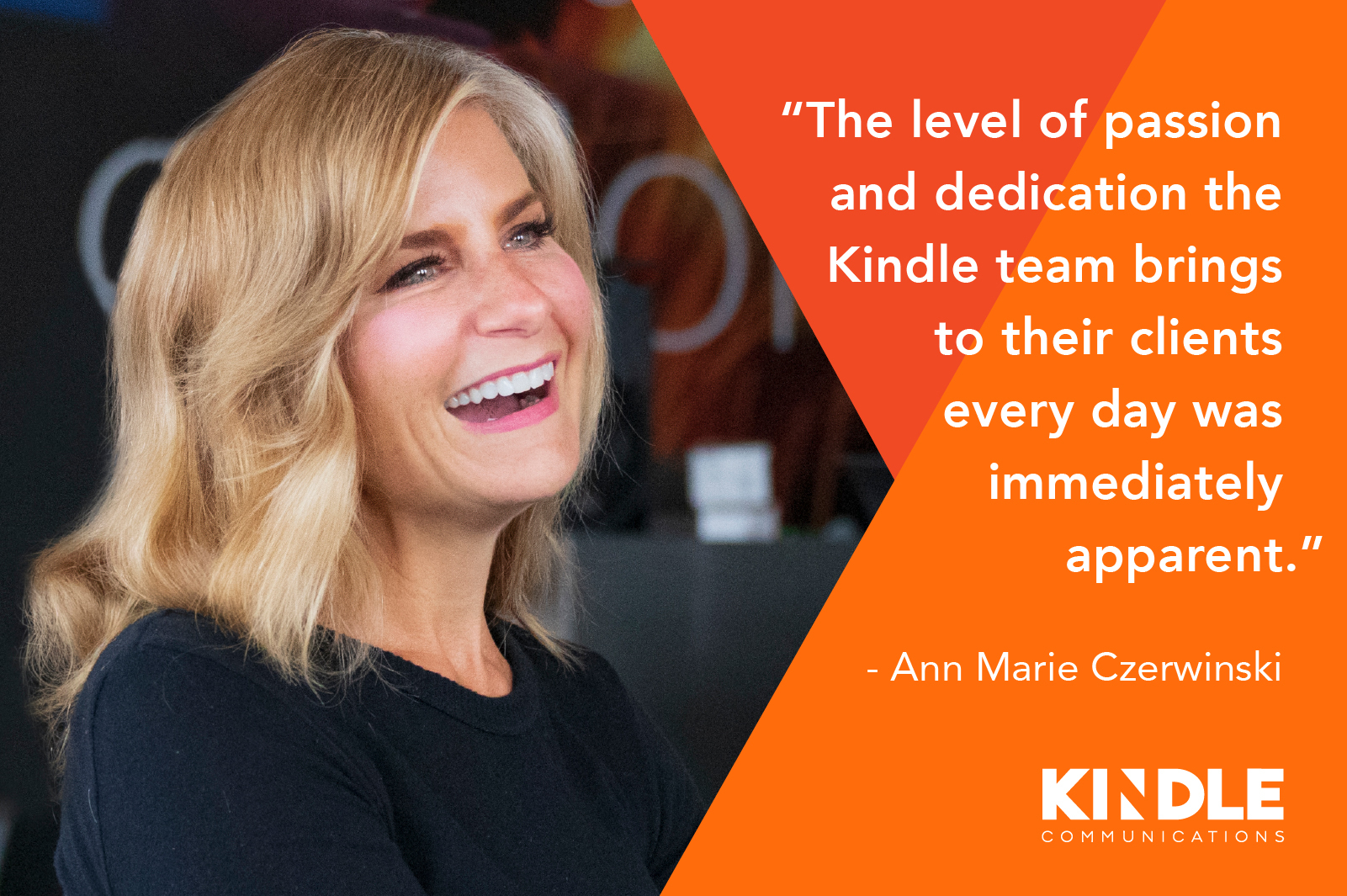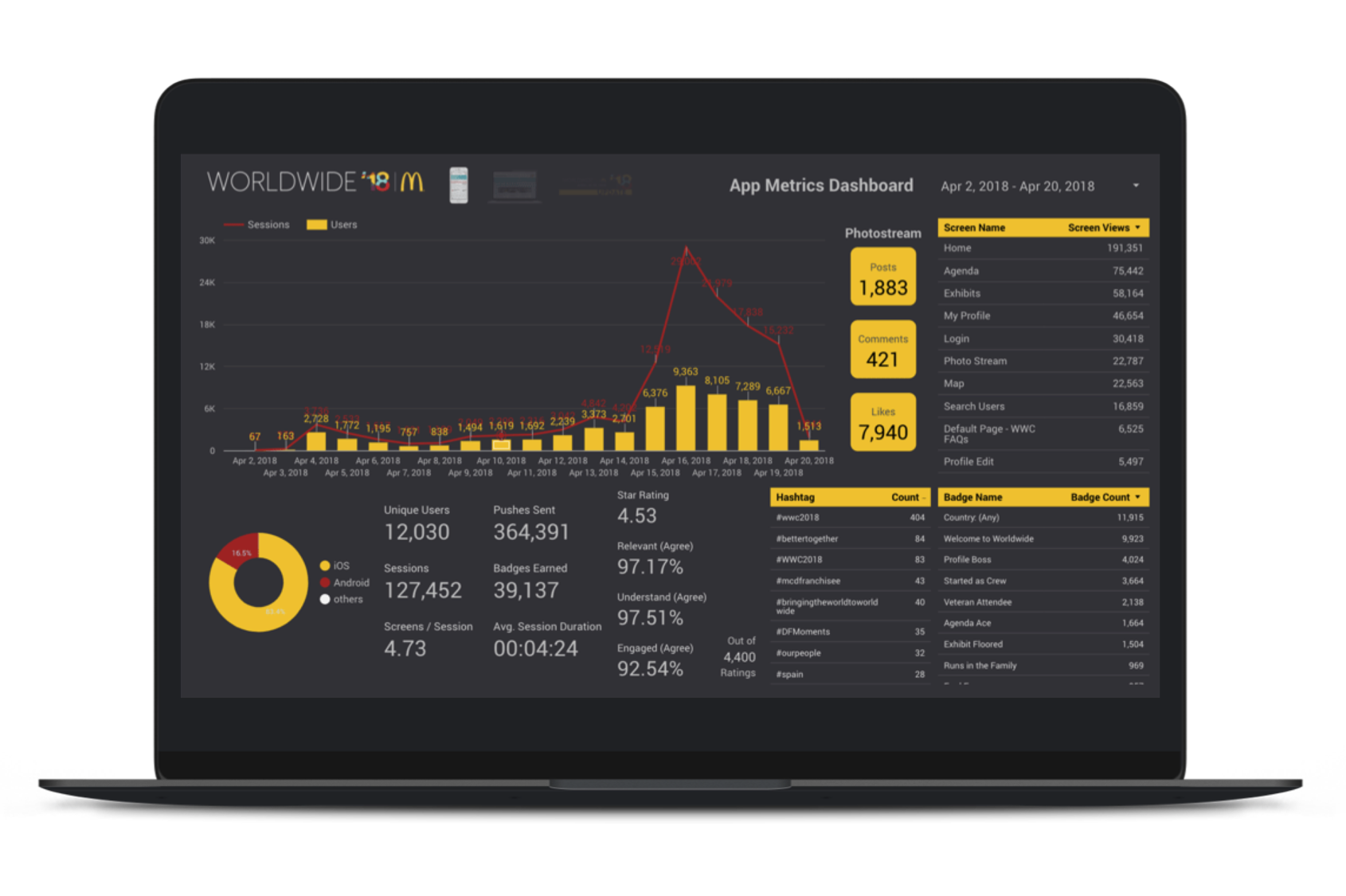Struggling to Organize Your Event? Here’s a Checklist.

An Event Planning Checklist to Help You Breathe Easy
Planning an event can either be someone’s nightmare or greatest dream. So much goes into the job that it can be impossible to keep up, and while some people thrive off the problems faced in event management, not everyone does.
So what are the challenges for event planners and managers? They can range from having too little budget to finding the perfect venue for an event’s needs, and working with the latest technology, all to craft a truly unforgettable event. Considering that event planning is consistently named one of the most stressful jobs, it’s important to be both creative and incredibly organized.
Importance of Planning in Event Management
The job already has “planner” in the title, but until you’re in the role, you won’t know for sure how much organization goes into it. Successful meetings require an eye for details. You have multiple vendors to keep track of, design to keep in mind, marketing and communication tasks to follow up on, and so much more, all while keeping your boss or client satisfied with your work. Plus, we recommend getting started 18 months to two years in advance — this shouldn’t be a quick process.
Don’t underestimate the importance of event planning. And if you’re the kind of person who forgets to send follow-up emails or loses your to-do lists, then you need an event planning checklist to help you keep track. Not sure what to put on your list? We’ve compiled one for you here:
1. Kick it off. Hold an introductory meeting to both align your planning committee on the event’s goals and vision and to set clear expectations for the planning process and event execution.
2. Craft a budget. A realistic budget ensures that you can keep track of funds throughout your planning.
3. Determine the event’s goals. Meet with your company’s key decision makers to define the convention’s tone, key messaging, and takeaways.
4. Create a content map. This will eventually be used as the basis of the show flow. For now, base your content map on everything you’ve learned so far, and evaluate it with your team.
5. Develop your production schedule. The production schedule should include all of your deliverables. Mapping this out will help you get a better idea of how long it will take to plan the event.
6. Plan out minute to minute. Now that your content map is done, you can create a show flow that will demonstrate how attendees will move through your event. Pro tip:Don’t have too many presenters or too much content in one session. You want attendees to retain your key message, not walk away feeling confused or overloaded.
7. Enlist a small task force of attendees. Communicate with a cross-functional team of some of your attendees. This will give you a better idea of which ideas resonate with them and which should be tossed aside.
8. Bring in storytelling experts. Putting your key messages and your event’s vision to life is an essential aspect of event planning. Hire both a writer and a speech coach to guarantee your message is delivered in a thoughtful way that encourages attendees to participate in the journey.
9. Form a strategic communications plan. Your communications plan should create excitement for the event before it occurs while keeping attendees up-to-date on anything happening during the event. And after the event, you want to engage your audience so that they remember to act on the event’s takeaways.
Being a successful event planner is about more than just throwing together a fun party, but it doesn’t have to be a nightmare. Using your creativity and this event planning checklist, you can rest assured that it will be a dream come true. If you’re still feeling overwhelmed, reach out to learn more about how Kindle Communications can help spark the fire for your next event.



